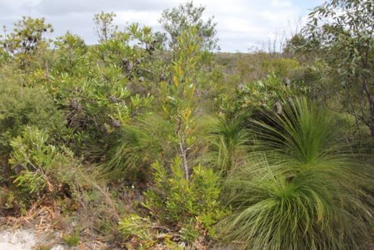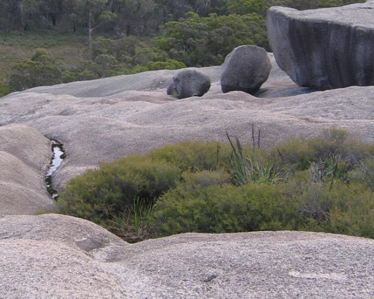Heathlands


Habitat type: Heathlands
Other key words: Open heath, closed heath, dwarf open heath, bare rock
Description: Coastal heathlands occur on undulating sand plains and dunes, rocky headlands and low open woodlands. Montane heathlands predominantly occur on bare areas, natural scalds, remnant surfaces, and ranges. Heathlands form in areas where soil and wind conditions prevent the growth of tall trees. This habitat is found mostly near windswept, salt-sprayed coastal areas; on clay soils, sand dunes and, most typically, sandstone. Heathlands have highly variable vegetation and structure depending on the bioregion, substrate and the depth of soil in the local situation. They include plants that are mostly shrubs and stunted trees such as Banksia, Angophora, Lomandra, Hakea, Grevillea and Xanthorrea.
Some animals that use this habitat type: Ground parrot, king quail, white-cheeked honeyeater, freshwater/keelback snake, wallum froglet, wallum rocketfrog, wallum sedgefrog, Cooloola sedgefrog.


